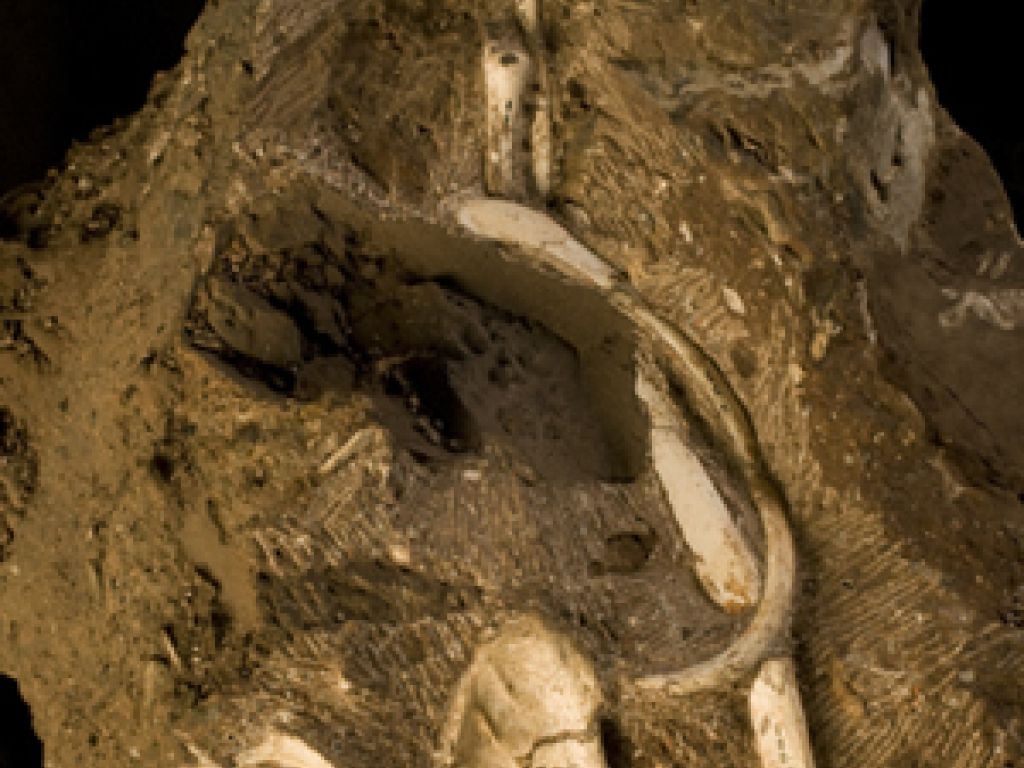Every day at the Cradle is Palaeontology Day

To commemorate Palaeo-Sciences Week, South Africa’s famous new fossils were flown from Maropeng, at the Cradle of Humankind, to Cape Town this week, to form part of an exhibit.
The two-million-year-old bones of three Australopithecus sediba hominids, on display at Maropeng since their introduction to the world two weeks ago, will be the focal point of an exhibition entitled “Fossil icons from South Africa” at the Iziko South African Museum during Palaeo-Sciences Week, from April 21 to 24.
Joining the Australopithecus sediba fossils are the fossil of a plant-eating dinosaur from the Free State; a fossilised dinosaur egg from Golden Gate Highlands National Park – in the Maluti Mountains in the Free State highlands; a giant buffalo fossil and two fossils – an extinct bear and a giant pig – from the West Coast Fossil Park.
A media round-table lecture series given by Prof Maarten de Wit (University of Cape Town), Dr Robert Gess (Rhodes University), Dr Anusuya Chinsamy-Turan (Director of the Natural History Collection: Iziko Museum), Dr Rose Prevec (Rhodes University), Prof Bruce Rubidge (Wits University), Dr Himla Soodyall (Wits University) and Prof Francis Thackeray (Wits University) will focus on “The Story of all Life on Earth”.
Maropeng offers palaeontologists, budding and expert, the chance to develop their skills and discover more amazing finds at the Cradle of Humankind. With the Cooper’s Cave tour and the Swartkrans Walking Tours, novice palaeontologists work with experienced palaeontologists to gain experience in the field.
The tours of the Sterkfontein Caves and the Maropeng Exhibition Centre also provide insightful background on the history of humankind and the evolving world we live in. The Cradle of Humankind is also home to a renowned collection of fossils found in South Africa, celebrating palaeontology daily.